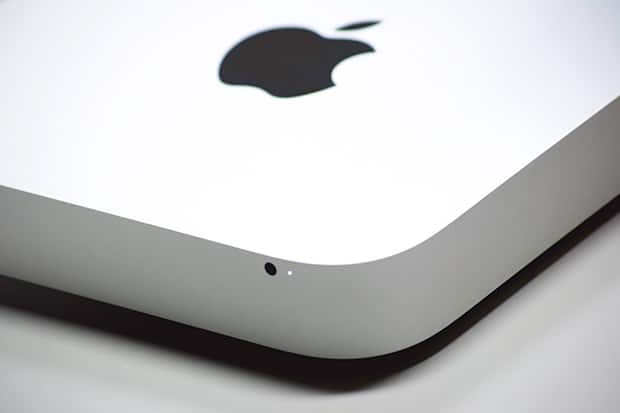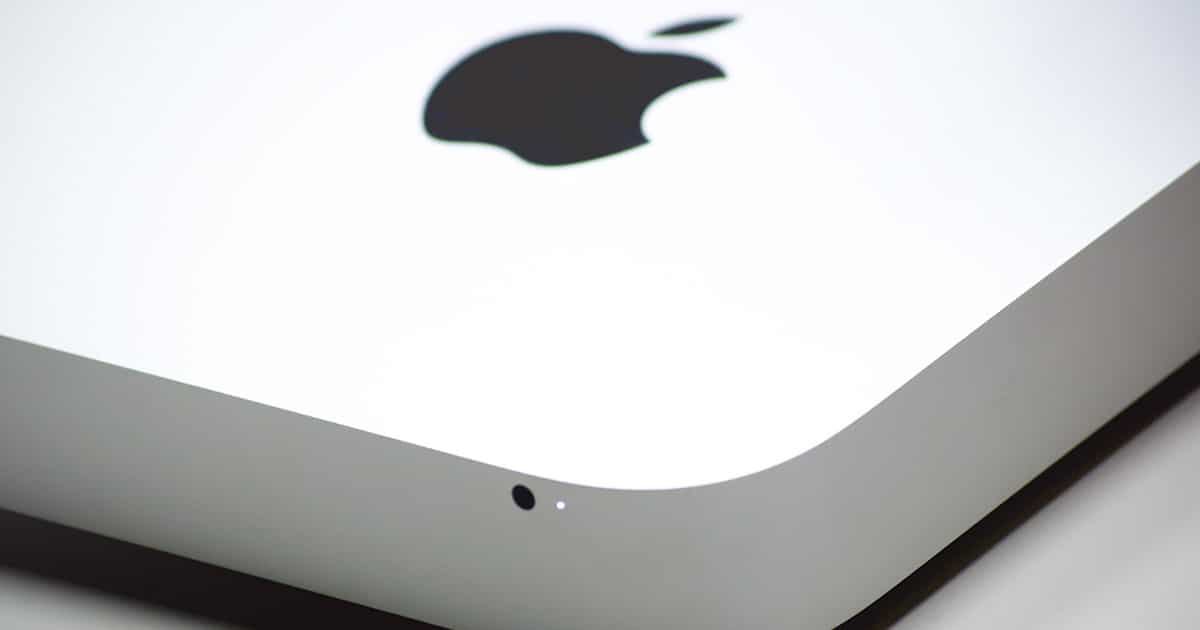 My Mac Mini and I have had a good run, but this past April it was time for a change. The mid-2011 model just couldn’t keep up with the demands of Photoshop and running a local web dev environment put a ton of stress on the system’s resources. So, I headed to the Apple store to purchase a new MacBook Pro with severely outdated hardware. Fortunately, a push notification from Google Now prevented me from wasting money on a “soon” to be outdated MacBook Pro before I could cut the shrink wrap off the box.
My Mac Mini and I have had a good run, but this past April it was time for a change. The mid-2011 model just couldn’t keep up with the demands of Photoshop and running a local web dev environment put a ton of stress on the system’s resources. So, I headed to the Apple store to purchase a new MacBook Pro with severely outdated hardware. Fortunately, a push notification from Google Now prevented me from wasting money on a “soon” to be outdated MacBook Pro before I could cut the shrink wrap off the box.
After six long months of waiting in anxious anticipation of what innovation Apple would bring to its flagship laptop series, like many, I found the new MacBook Pro a massive let down. If you’re wondering what others are thinking, Michael Tsai, has compiled an excellent list of reactions.
For reasons that remain unknown, Apple decided to focus on light and thin for their pro notebook instead of giving it decent hardware. Instead of getting useful ports, we got a brave new world of Thunderbolt adapters. Of course, one would be hard-pressed to forget about the overhyped and super gimmicky Touch Bar which took the place of useful function keys. Peter Kirn perhaps stated it best in his reaction the ‘Hello Again’ event:
Understanding history is important – to a point. But Apple’s obsessive navel gazing in the Mac event today speaks volumes. This is a company with no real vision for what its most creative users actually do with their most advanced machines. So, instead, they look into the past.
After some soul-searching, I decided it was time to look at Windows. At work, I have a Windows 10 machine, and it isn’t terrible (which up until now was a high compliment for me to give a Windows machine). Apple also isn’t the only manufacturer out there making good-looking laptops. Again, at work, I have a decently thin and slick looking Asus ROG laptop.
What I Need from a Computer

Over the past few weeks, I’ve been doing my research into making the switch to Windows. I’ve read plenty of posts from people who have made the jump since Apple’s unveiling, but the one thing I’ve found lacking in virtually every post is how the author is using their laptop. This has made it hard to know whether their perspective and experience is relevant to me. If you’re reading this to try and figure out if making the switch from a Mac to a Windows machine is right for you, here’s how I’m using my computer – hopefully, this will add some context to this and potentially future articles.
My needs are broken down into three areas:
- Desktop Publishing
- Graphic Design
- Front-end Web Development
I’ll group desktop publishing and graphic design together for the rest of this post, as I rely on the InDesign, Illustrator, and Photoshop to accomplish my work in those categories. Frequently, I’ll be running InDesign and Illustrator simultaneously. In terms of hardware, I need something that can handle the demands of Adobe’s Creative Cloud applications.
On the web development front, I’m working mostly on WordPress or the static site generator Jekyll. I dabble in Ruby on Rails and Laravel, and I’ve built a few web apps in AngularJS. Rounding out my development work, I’m currently working on building a WordPress plugin. I need hardware that can host a guest operating system (I use Vagrant and VirtualBox), and I don’t want to jump through a lot of hoops to get access to Composer, Jekyll, Grunt, Yeoman and other command line tools.
Finally, I have some general considerations. I would like the computer to be secure, have the ability to handle a bazillion Chrome tabs all being open at once, and be well-constructed.
Minimum Hardware Requirements

Based on how I’m using my computer, and what I’m expecting to need to future-proof it for the next few years, I decided my hardware requirements would be:
- Core i7 processor
- Minimum 16 GB RAM
- SSD Storage
- Several USB 3 ports
- An HDMI port
- All the other givens for a modern laptop – WiFi, Bluetooth, HD display, etc.
What Got Me to Switch to Windows
I’ve always had a Windows machine at work; Windows 10 is the first Microsoft operating system I’ve actually liked and felt performed as well as Apple’s OS. That was a good first step, after doing some research, there were five key items that got me to switch.
1) The Max File Path Limit Was Dropped
One of my biggest frustrations with Windows as always been the error that the file path was too long when I went to delete a file or a directory. The 260 character maximum file path made working with tools such as Bower or NPM a pain. With the Anniversary Update to Windows 10, the file path limit is essentially gone.
2) Vagrant & VirtualBox
I’ve never had good luck using MAMP, WAMP or XAMPP on Windows to set up a local development environment. When I got serious about learning Ruby on Rails, I was introduced to Vagrant and VirtualBox, and my life got better. I switched from MAMP on my Mac to Scotch.io’s Vagrant Box, Scotch Box. Since both Vagrant and VirtualBox will follow me over to Windows, my concerns about setting up a local dev environment on a Windows Machine was pretty well eliminated.
3) Cross-Platform Apps
The applications I rely on for my freelance productivity are all available for Windows 10. Those include Adobe’s InDesign, Illustrator, and Photoshop; JetBrains PhpStorm and of course the Microsoft Office Suite.
4) Windows Subsystem for Linux (WSL)
The ability to run Bash on Windows was what got me to pull the trigger and move to Windows. As many have pointed out, this isn’t a full-blown instance of Linux, and it’s not its own virtual machine. Rather, it allows you to run terminal-based Linux applications and Bash commands on Windows – with full access to the Windows File System. It’s important to note WSL is still in beta and based on the reviews I’m reading there are a number of bugs and a ton of shortcomings. That being said, I think it’s a huge step in the right direction for Microsoft. In my opinion, it shows their commitment to making Windows 10 friendly for creatives. Given the level of enthusiasm for WSL and the amount of activity on the Github page, I’m going to assume/hope Microsoft is behind the project for the long haul.
Wrapping Up

No single factor pushed me away from Apple. At the same time, Apple seems to have lost sight of the needs of creative professionals, Microsoft is making a concerted effort to attract them. Combine Microsoft’s efforts to woo creative professionals along with sleek looking laptops at significantly lower price-points, and it wasn’t hard to make the jump to Windows.

